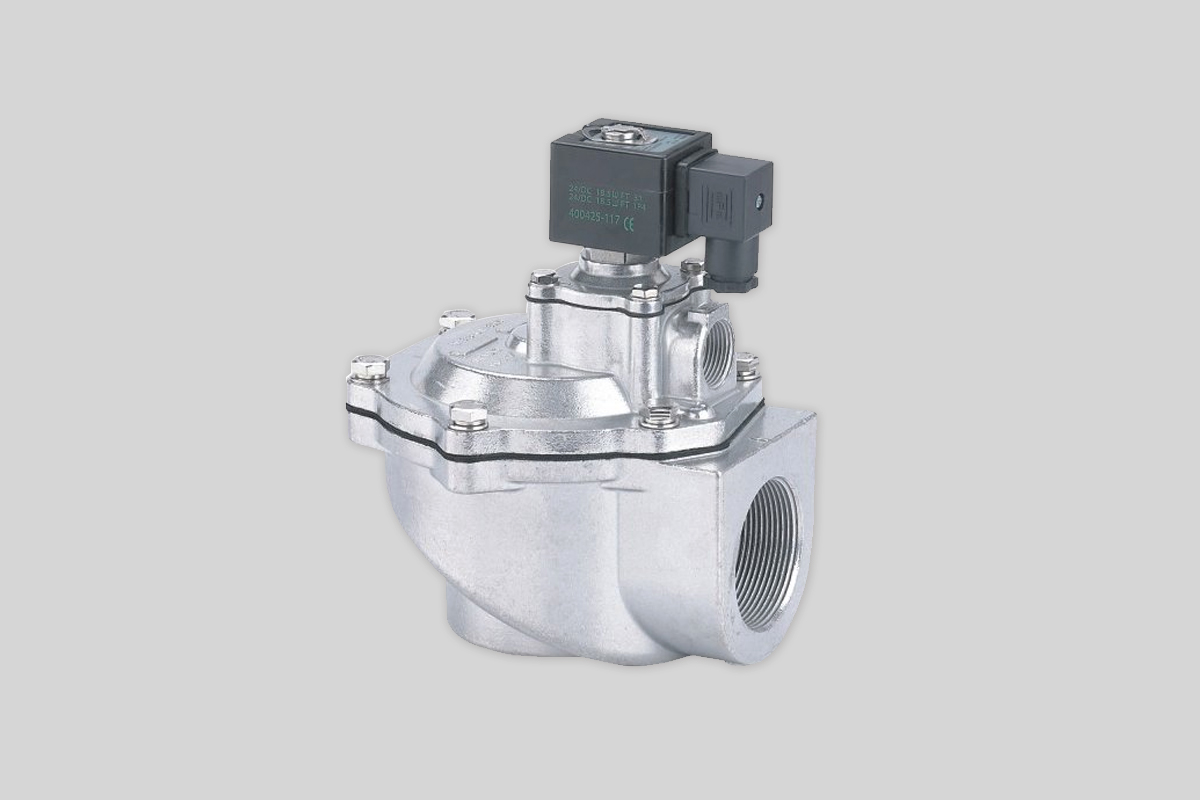
Common Problems and Fixes for Bag Filter Solenoid Pulse Valves
Solenoid pulse valves are the core component of a bag filter‘s cleaning system. Their job is to release short bursts of compressed air to clean the filter bags. If a valve fails, the filter cannot clean itself properly. This leads to higher energy use and poor performance. Therefore, quickly diagnosing and fixing these valves is essential.
Here is a simple guide to common problems and their solutions.
Problem 1: The valve does not work (No air pulse)
You give the command, but you hear no “click” and no air comes out.
Possible Causes and Fixes:
1.Check the power and wiring.
- Cause: The valve might not be receiving electricity. The wire could be broken, or the controller might have failed.
- Fix: Use a multimeter to check for voltage at the valve’s coil. Make sure the controller’s signal light turns on. Repair any broken wires.
2.Replace a burned-out coil.
- Cause: The electromagnetic coil can burn out from high voltage, moisture, or heat.
- Fix: Test the coil with a multimeter. If the resistance is infinite, the coil is dead. Install a new one of the same type.
3.Clean a clogged pilot orifice.
- Cause: Dirt or water in the compressed air can block the tiny pilot hole inside the valve.
- Fix: Carefully disassemble the pilot section. Clean the small orifice with alcohol or a cleaning spray.
4.Fix a stuck valve.
- Cause: Dirt can jam the internal parts. Sometimes, the membrane can stick to the valve body if not used for a long time.
- Fix: Take the valve apart. Clean all internal parts thoroughly. Replace the membrane if it is damaged.
Problem 2: The valve stays open (Constant air leak)
Air continuously leaks from the valve, even when it should be closed. The air tank loses pressure quickly.
Filtration Mechanisms Overview
1.Replace a damaged diaphragm.
- Cause: The main diaphragm is a wear part. It can tear or wear out over time.
- Fix: Open the valve and inspect the diaphragm. Always replace a torn or cracked diaphragm immediately.
2.Clean or unblock the orifice.
- Cause: A blocked pilot orifice can sometimes prevent the valve from closing.
- Fix: Clean the pilot orifice as described above.
3.Remove debris or replace a spring.
- Cause: A small piece of dirt can stop the valve from sealing. The return spring can also break.
- Fix: Clean all parts. If the spring is broken or weak, put in a new one.
Problem 3: The valve has a weak pulse
The valve works, but the air pulse is weak. The cleaning is ineffective, and the filter pressure remains high.
Possible Causes and Fixes:
1.Increase the air source pressure.
- Cause: The air pressure setting is too low, or there is a leak in the air line.
- Fix: Check the pressure regulator. Adjust it to the required level (usually 0.2-0.6 MPa). Find and fix any air leaks.
2.Check the valve size or for blockages.
- Cause: The valve might be too small for the job. Its internal passages might be partially blocked.
- Fix: Confirm the valve is the correct model. Clean it thoroughly.
3.Adjust the controller settings.
- Cause: The pulse duration (pulse width) on the controller is set too short.
- Fix: Slightly increase the pulse time, typically to between 0.1 and 0.2 seconds.
Maintenance and Prevention Tips
Good maintenance prevents most problems.
Use Clean, Dry Air: This is the most important rule. Always use a filter and dryer on your air compressor.
Inspect Regularly: Listen for unusual sounds and check pressure gauges often.
Keep Spare Parts: Always have spare diaphragms, coils, and seals on hand.
Operate Correctly: Follow the equipment manual. Avoid excessive cycling.
Conclusion
Always start troubleshooting with the easiest things first: check the power, air supply, and settings. Then, look inside the valve. By following this guide, you can keep your bag filter’s pulse valves—and the entire system—running smoothly and efficiently.


